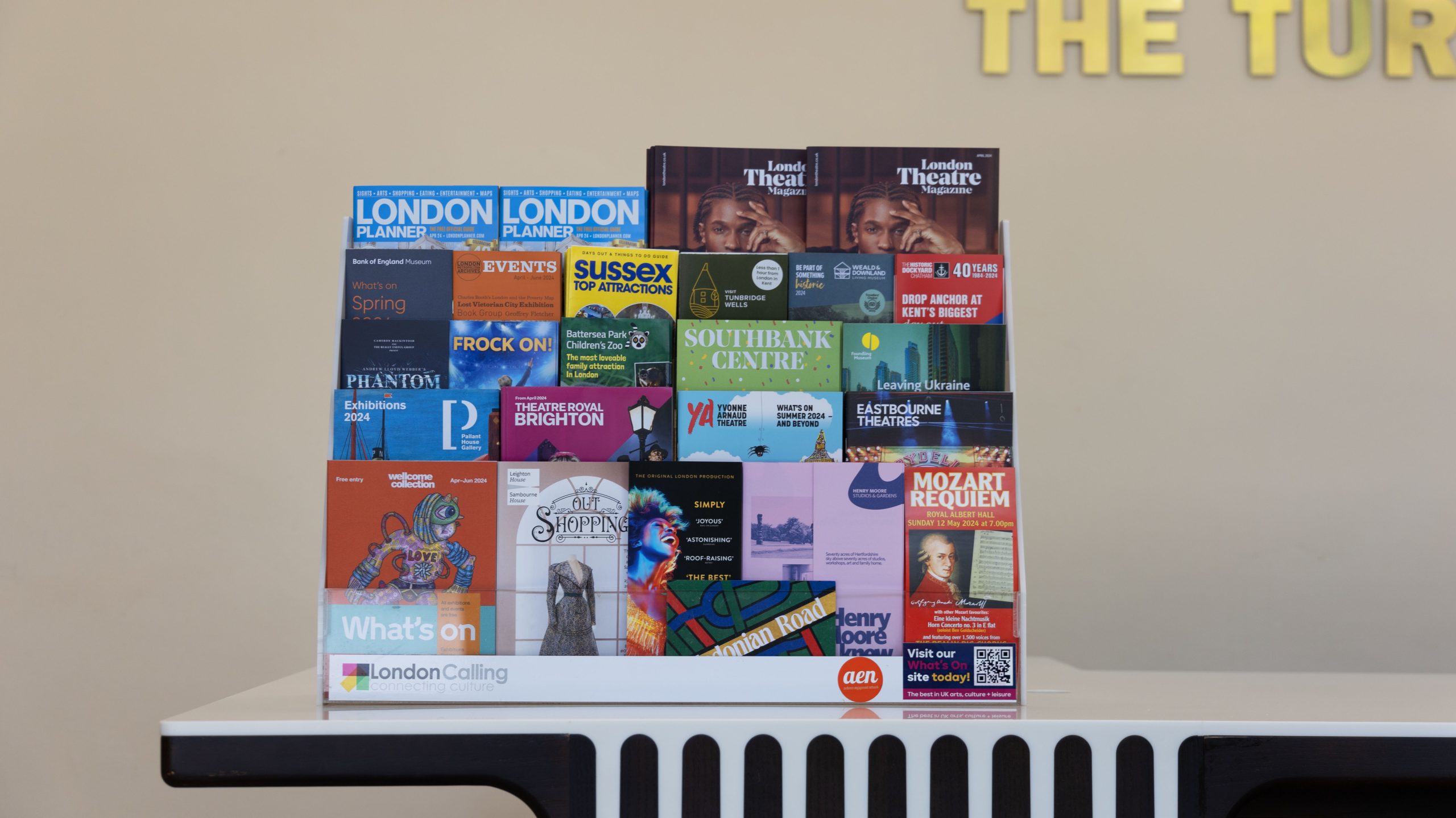For many arts marketers, particularly those of us who have been in this game for a few decades, print is a faithful old friend. But times have changed, and print has fallen out of favour: it’s laborious and expensive to produce; its environmental impact is worrying; and its efficacy is hard to monitor. Digital solutions loom large: faster, cheaper, more agile, more measurable, more sustainable…
Have changing attitudes and new technology sounded the death knell for print marketing in the arts? We think not. And here’s why…
Many benefits of print simply cannot be replicated by digital alternatives. We exist in a physical world. Our brains respond to this world in a different way to digital stimuli. In a recent study by Temple University, neuroscientists found that a printed advertisement is more likely to trigger an emotional response than its digital counterpart, and we are more likely to remember printed marketing messages a week later.
The digital space is crowded and noisy – the average person is exposed to more than 10,000 online ads per day – leading to advertising fatigue and banner blindness. Research by neuromarketing expert TrueImpact has proven that it requires significantly less cognitive effort to read print as opposed to digital messaging.
Arts organisations are awash with creativity. Vision and brand identity are strong. Combine that with quality photography and design, and you get imaginative and memorable print. A beautifully designed leaflet or poster speaks to consumers in ways digital marketing cannot. Print can be disseminated via various channels including direct mail, door drops, handouts, venue display and poster campaigns to reach new audiences – including those who aren’t active in the digital space. You can also harness technology to complement a print campaign and boost its reach, such as adding QR codes to direct audiences to your webpage or real-time Tweeting a street handout campaign.
The most worrying allegation facing print is that it is environmentally damaging. Most criticism relates to paper stock, yet sustainability has long been a cornerstone of the paper industry. Over half of European forests, from which the majority of UK paper is manufactured, are certified as sustainably managed. And they are not shrinking – they’re growing by the equivalent of 1500 football pitches a day. These forests are the lungs of Europe. They’ve inhaled a whopping 155 million tons of carbon dioxide in the past decade and making a significant contribution to air quality across the continent.
But what of waste? Once print has served its purpose it invariably ends up in the bin. Or does it? In fact, paper is reused on average 3.8 times, and the 81% recycling rate in Europe for paper and cardboard is higher than for metal, glass or plastic.
Statistics hold little sway when you’re working with a stretched budget and are bound by your organisation’s green agenda. Digital marketing is here to stay – and we love it – but it’s important to remember that print isn’t the environmental liability it’s often portrayed as. It can form part of a sustainable marketing strategy that is both effective and cost-effective if you remember these top tips:
- Do you need a season brochure? A leaflet that directs audiences to your website could be just as effective. Think about other formats – postcards, bookmarks, beer mats – which can be picked up, shared and reused.
- With print display, the opportunity-to-see or ‘impression’ is as important as pick-up (or click-through). High volume distribution campaigns don’t always yield better results.
- Ensure your print campaigns are targeted to reach the right audience by using geo-demographic planning tools, such as The Audience Agency’s Audience Spectrum.
- Engage a printer that prioritises sustainable practice and uses soy or vegetable-based inks, and energy-efficient printing.
- Work with a distribution company that runs an electric fleet and shows commitment to minimising waste.
- Forest Stewardship Council (FSC) certification shows that paper has come from sustainably managed forests or recycled sources.
- Print-on-demand. Many printers allow you to save money and reduce waste by optimising your quantities based on immediate requirements.
The team at London+Culture Calling has been around for a while. We’ve embraced the shift towards digital with the launch of our consumer website www.culturecalling.com and a range of new services to grow audiences online. We’ve learned that combining the complementary strengths of print AND digital marketing is the best way to reach a wider audience, reinforce your brand identity and engage with potential consumers.
Emma Clements

